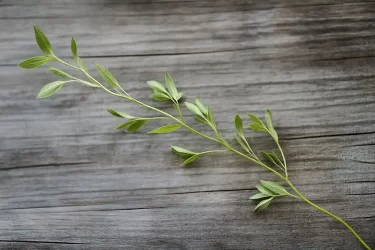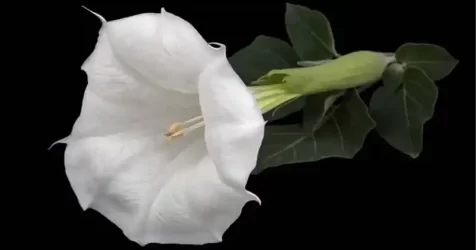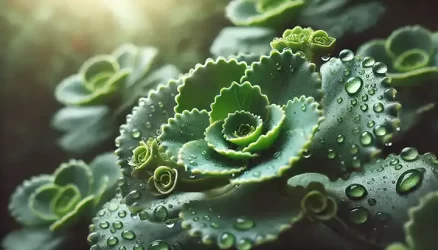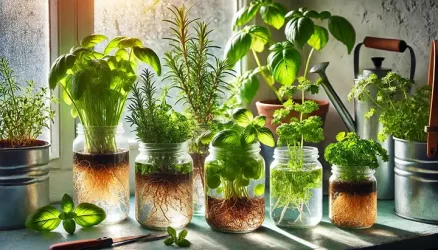10 Plants that will help to have a microclimate in your home
Many people are not aware of the incredible benefits of plants to improve the microclimate in their homes.
Plants create a much cleaner atmosphere, stabilize air humidity and provide oxygen. All these things are very important in making a home safe for children and allergy sufferers alike.
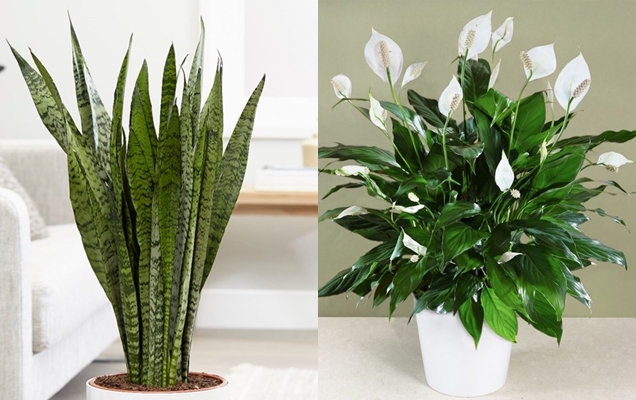
Next, I will leave you 10 plants that can improve the microclimate of your home .
Spatiphyllum

Spathiphyllum helps absorb excess moisture from the environment and destroys mold spores. Keep it indoors at a temperature of 18° C, preferably.
Myrtle
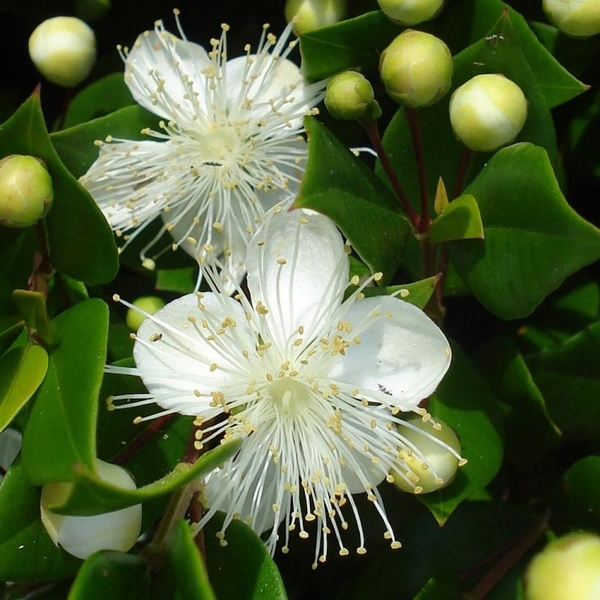
In ancient times it was believed that the myrtle was a sacred plant and that it was able to restore youth to the elderly, as well as provide energy and good spirits to travelers. Today we can safely say that the myrtle, also known as myrtle, has a set of different qualities, but still beneficial for all of us, since the phytoncides that its flowers and leaves emit, eliminate microbes, improving and disinfecting the air. Myrtle leaves and dried fruits are often used as a spice.
Coffee plant

There are so many coffee plants out there, but they all have one thing in common: they are great for absorbing excess moisture and filling the room with a delicious tropical aroma during the flowering season. Tip: The plants will bear fruit in their fifth or sixth year, so it is best to buy a grown one.
Laurel

The laurel was highly prized by herbivorous dinosaurs that weakly resisted the attack of predators. In this way, after having chosen an easy prey, the predators earned their dinner with the seasoning already incorporated. This aromatic plant is native to the subtropics and for many people it is a symbol of victory, glory and majesty. Always have laurel on hand in your kitchen to absorb air and improve the microclimate in your home . Remember that they prefer shade, warm water and humid air. Dry its leaves and use them for cooking.
Lemon Tree

The lemon tree is amazing because when in full bloom it fills the air with its exquisite citrus scent and simultaneously absorbs excess moisture. Provide a dry substrate, place it in a space with plenty of sunlight, and water it regularly.
Sansevieria
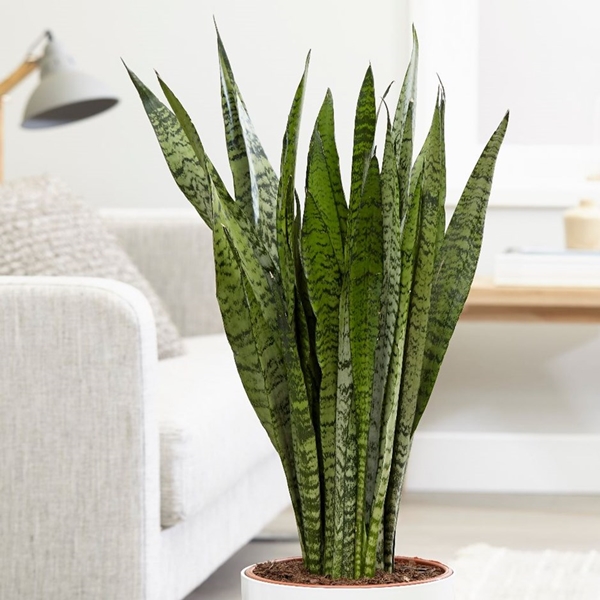
This plant is really wonderful. It refreshes the air, produces a large amount of oxygen and neutralizes the harmful gases produced by synthetic materials. It is very easy to care for, it does not require a lot of watering and you can install it in any corner of your home. It retains moisture in its leaves and is very beneficial for health.
Ficus

The ficus is a very beautiful and elegant houseplant that humidifies the air , fills the environment with oxygen, and eliminates viruses and toxins. It does best in large environments, grows quickly, requires shade, and does not like drafts or excess water. You can opt for the weeping ficus or the ficus benjamina if you wish.
Ciso
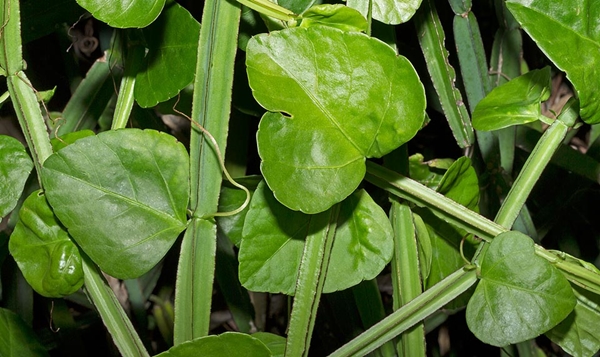
The cysus quadrangularis behaves like ivy: it envelops any structure with its leaves as it grows to where the light hits. It adapts to dry air, but provides it with moisture. It needs a lot of shade and regular watering.
Kalanchoe
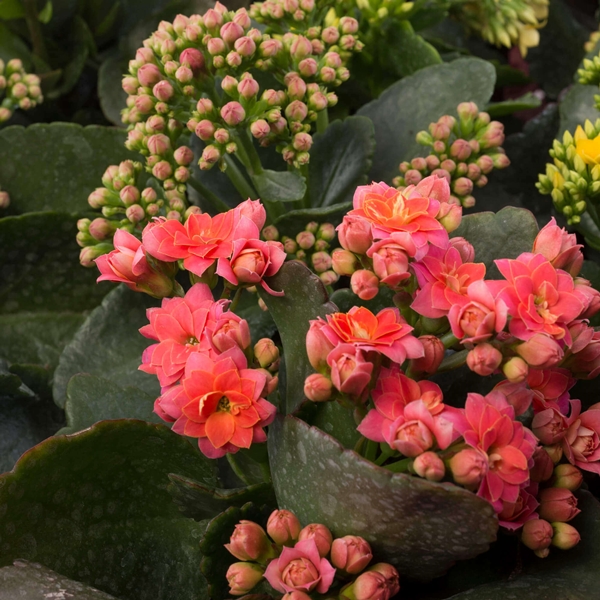
The kalanchoe is native to Madagascar and is much better adapted to dry environments. It accumulates a large amount of moisture in its leaves and helps improve the microclimate in your home . Don’t water it so much, and place it where it gets a lot of sunlight.
White cedar
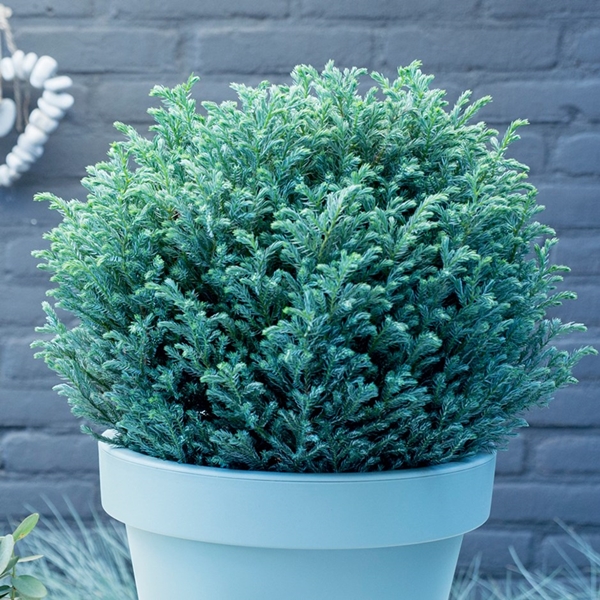
The chamaecyparis is considered in Japan a sacred tree, since it is believed that the souls of the deceased and of the gods remain inside it. If you want to refresh your home , invite it to stay, as it will provide moisture and also help you remove dirt. Even in case you didn’t know, it relieves migraine and headaches.








